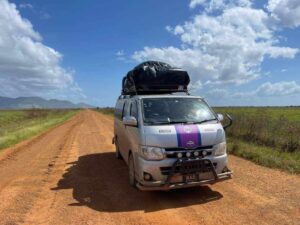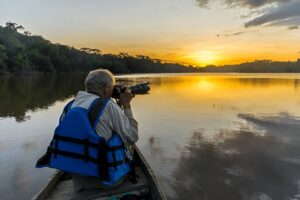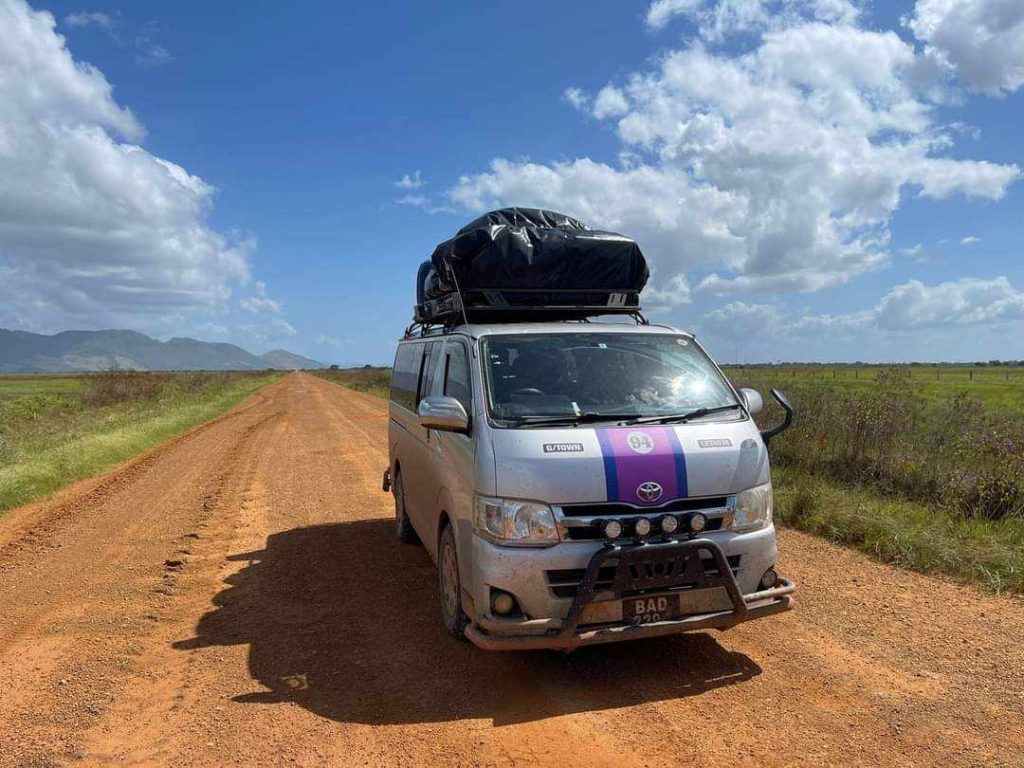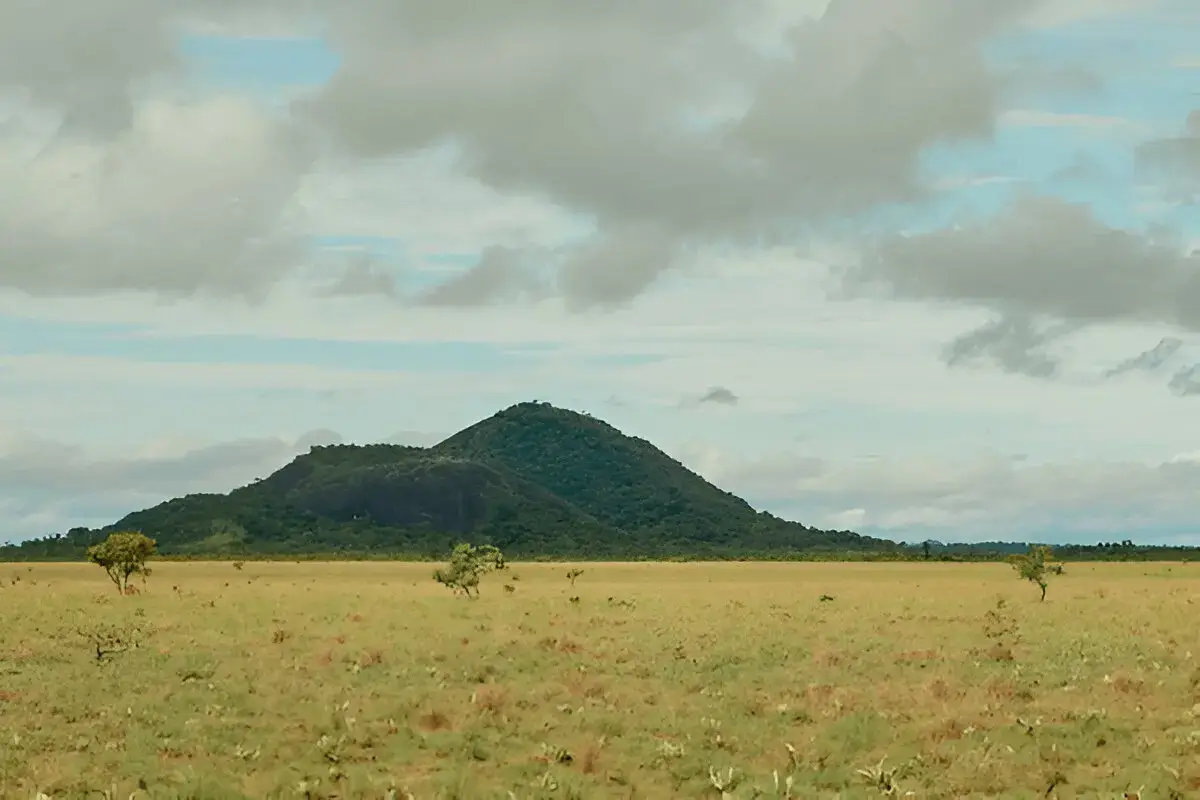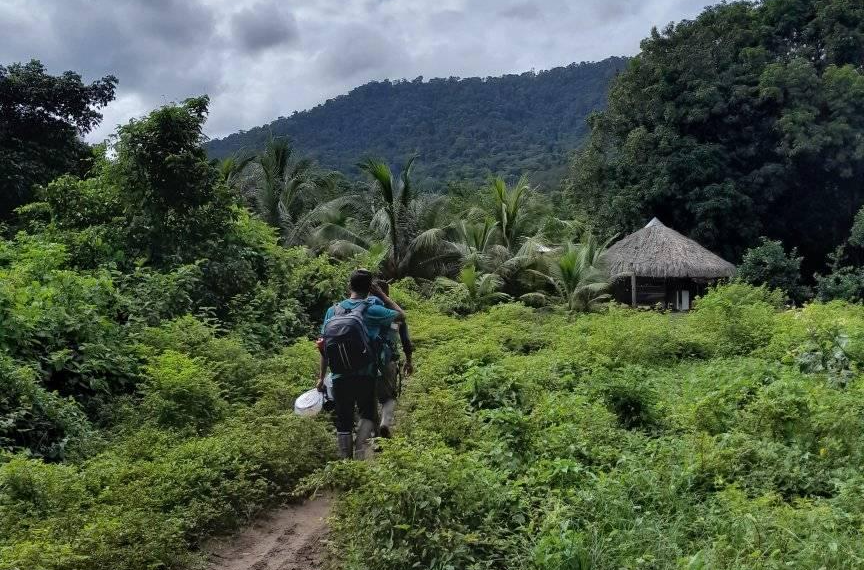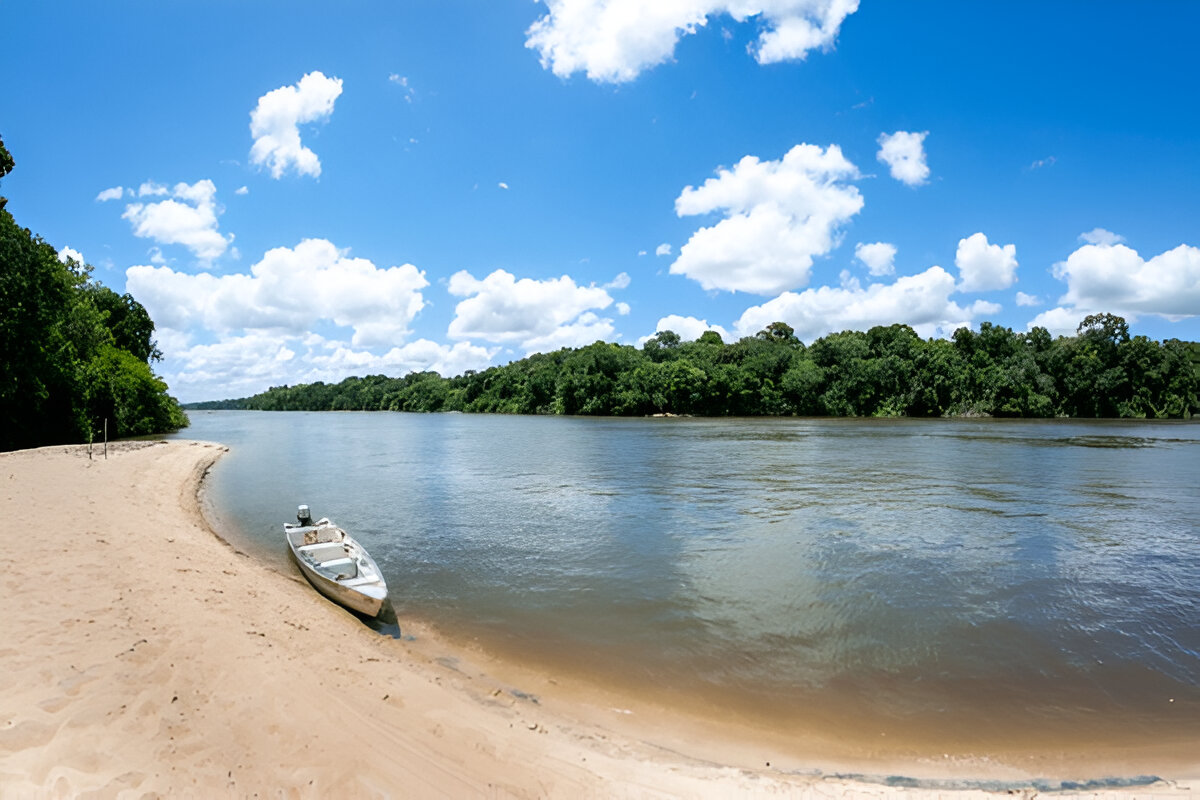Unveiling the Splendor of the Rupununi Savannah
Nestled in the heart of Guyana, the Rupununi Savannah is one of South America’s hidden gems, renowned for its stunning landscapes, incredible wildlife diversity, and vibrant indigenous cultures. Sprawled across vast stretches of grasslands, wetlands, and forests, this savannah offers unmatched natural beauty and endless exploration opportunities.




Geography and Landscape
The Rupununi Savannah covers approximately 13,000 square kilometers and is divided into the North Rupununi and the South Rupununi, each offering unique ecological and cultural experiences. Its landscape is characterized by sprawling grasslands interspersed with rolling hills, riverine forests, and picturesque wetlands. Prominent rivers like the Rupununi River wind through the region, providing vital ecosystems for wildlife and human settlements alike.
Wildlife and Biodiversity
The Rupununi Savannah is a hotspot for biodiversity, attracting nature enthusiasts from around the globe. This area is particularly famous for its birdlife, boasting over 500 species, including the endangered Harpy Eagle, Jabiru Stork, and the vibrant Guianan Cock-of-the-rock. Birdwatching tours here promise a lifetime experience, with early morning and evening being the ideal times for sightings.
Apart from avian wonders, Rupununi is also home to diverse mammals such as jaguars, giant anteaters, capybaras, tapirs, and giant river otters. Visitors frequently spot herds of white-tailed deer grazing peacefully in the open fields, making the region an excellent place for wildlife photography.
Ecotourism and Sustainable Adventures
With growing awareness of conservation, Rupununi Savannah has embraced ecotourism, focusing on sustainable practices that support local communities and preserve the environment. Eco-lodges like Surama Eco-Lodge, Karanambu Lodge, and Caiman House Field Station offer visitors authentic stays, complete with guided tours, cultural exchanges, and immersive wildlife experiences.
Adventurers can indulge in activities such as guided nature hikes, horseback riding across savannah trails, boat safaris along the Rupununi River, and nocturnal wildlife spotting. These experiences not only provide thrilling adventures but also educate visitors about conservation efforts and the region’s ecological importance.
Cultural Richness of Rupununi
Beyond its natural beauty, the Rupununi Savannah is home to indigenous communities, mainly the Makushi, Wapishana, and Wai-Wai peoples. These communities have preserved their rich cultural traditions, languages, and sustainable lifestyles, deeply intertwined with nature.
Visitors are welcomed warmly by locals, who eagerly share stories, traditional knowledge, and their customs. Participating in village tours, traditional fishing methods, cassava processing demonstrations, and craft workshops offers a meaningful connection with the cultural heritage of the Rupununi.
Best Time to Visit Rupununi Savannah
To fully experience the Rupununi Savannah, timing your visit correctly is crucial. The dry season, from September to April, is considered ideal for outdoor adventures and wildlife viewing, as animals congregate around water sources, making sightings more predictable and exciting.
Conversely, the wet season, from May to August, transforms the landscape dramatically, offering lush greenery, vibrant flora, and an excellent opportunity for birdwatching enthusiasts, especially those interested in migratory species.
How to Get to the Rupununi Savannah
Traveling to the Rupununi Savannah usually involves a flight or road journey from Georgetown, Guyana’s capital. Daily flights to Lethem, the region’s primary town, are available from Georgetown, taking approximately one hour. Alternatively, the more adventurous route involves an overland trip through Guyana’s breathtaking rainforest scenery, though this can take 10-12 hours depending on road conditions.
Essential Tips for Visitors
When planning your trip to the Rupununi Savannah, remember these practical tips:
- Pack lightweight, breathable clothing, sturdy footwear, and essential rain gear.
- Include insect repellents, sunblock, and binoculars for wildlife viewing.
- Respect local traditions and customs, ensuring a culturally sensitive and enriching visit.
- Stay hydrated and carry basic first aid items.
Conservation Efforts in Rupununi
Conservation is integral to Rupununi’s ecotourism strategy, with numerous organizations and local communities actively involved in protecting the region’s biodiversity. Initiatives like sustainable fishing practices, wildlife monitoring programs, and habitat preservation are central to maintaining this ecological treasure.
Visitors to the Rupununi Savannah are encouraged to engage with these conservation projects, learn about ongoing efforts, and contribute through responsible travel choices.
FAQ
Q1: What is the Rupununi Savannah known for?
It is known for its rich biodiversity, scenic landscapes, and vibrant indigenous cultures.
Q2: What wildlife can I expect to see in Rupununi Savannah?
Expect to see species like jaguars, giant anteaters, capybaras, tapirs, giant river otters, and numerous bird species including the Harpy Eagle.
Q3: When is the best time to visit Rupununi Savannah?
The dry season from September to April is best for wildlife viewing, while the wet season from May to August is ideal for birdwatching and lush landscapes.
Q4: How can I travel to Rupununi Savannah?
You can either fly from Georgetown to Lethem or take an adventurous overland route.
Q5: What should I pack for a visit to the Rupununi Savannah?
Lightweight clothes, sturdy footwear, insect repellent, sunblock, rain gear, binoculars, and basic first aid supplies are essential.


